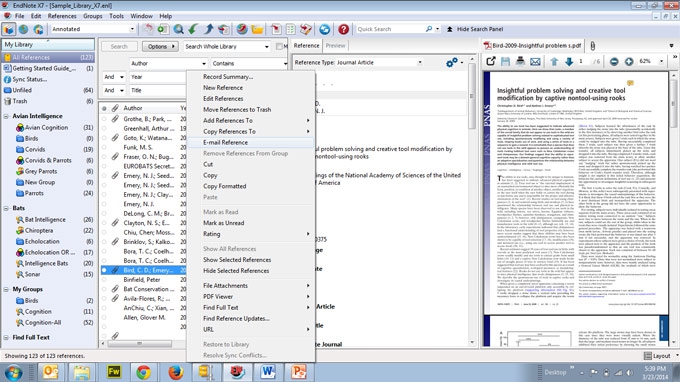

NAFLD is the most frequent reason for liver diseases globally, with a prevalence estimation of 25% to 45%, and it is on the rise in tandem with obesity and diabetes. Nonalcoholic fatty liver disease (NAFLD) consists of a wide range of disorders, from simple fatty liver to nonalcoholic steatohepatitis (NASH) and progressive fibrosis that eventually leads to cirrhosis. There is an insufficient number of clinical trials addressing the effects of garlic in humans therefore, conducting more human research in the future is recommended. Overall, the beneficial effects of garlic in the treatment of NAFLD make it a potential therapeutic and efficient agent in managing NAFLD and its related risk factors. The evidence provided in the study revealed that garlic could regulate the development of NAFLD via several mechanisms of action, such as lowering body weight, modulating lipid and glucose metabolism, and reducing inflammation and oxidative stress (OS). According to the inclusion criteria, finally, 12 studies were entered into the study. The Scopus, Embase, Web of Science, Cochrane PubMed, and Google Scholar databases were searched until February 2022. The guidelines of the Preferred Reporting Items for Systematic Review and Meta-Analysis (PRISMA) statements were applied to perform the study (CRD42021289348). The present study aimed to systematically review the effects of garlic ( Allium sativum) and its mechanisms of function in managing NAFLD and its associated complications. Garlic has many physiological benefits, including anti-inflammatory, antioxidant, anticancer, lipid-lowering, and antidiabetes effects. Nonalcoholic fatty liver disease (NAFLD) is globally the leading cause of hepatic dysfunction.


 0 kommentar(er)
0 kommentar(er)
